Tzav 5782 – The Proper Conduct in Shidduchim
In Honor of our Parents Alfred & Esther Harary by their Children & Grandchildren
Visit YTATorah.org
Shiur presented in 5780
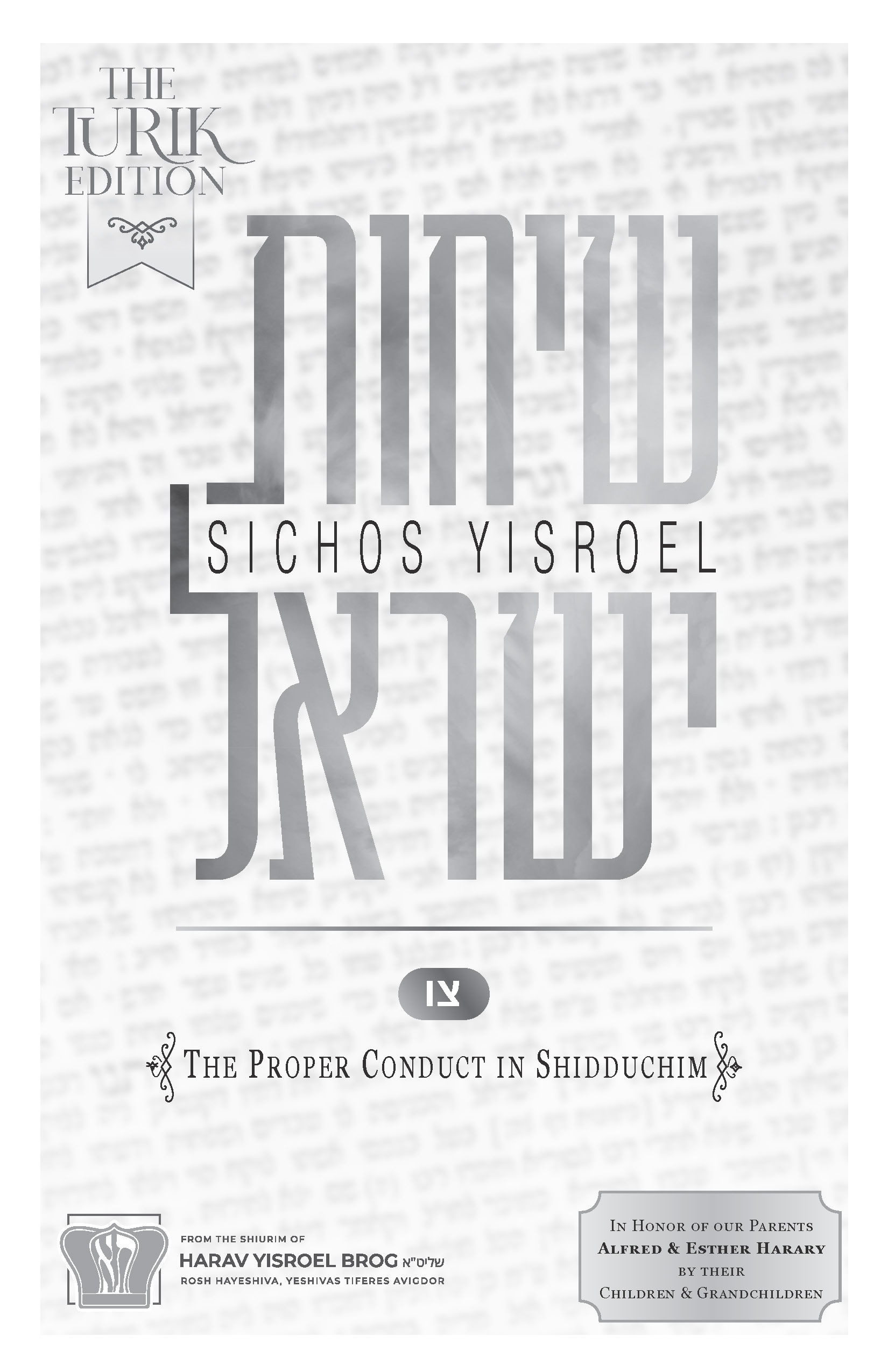
In Honor of our Parents Alfred & Esther Harary by their Children & Grandchildren
Visit YTATorah.org
Shiur presented in 5780
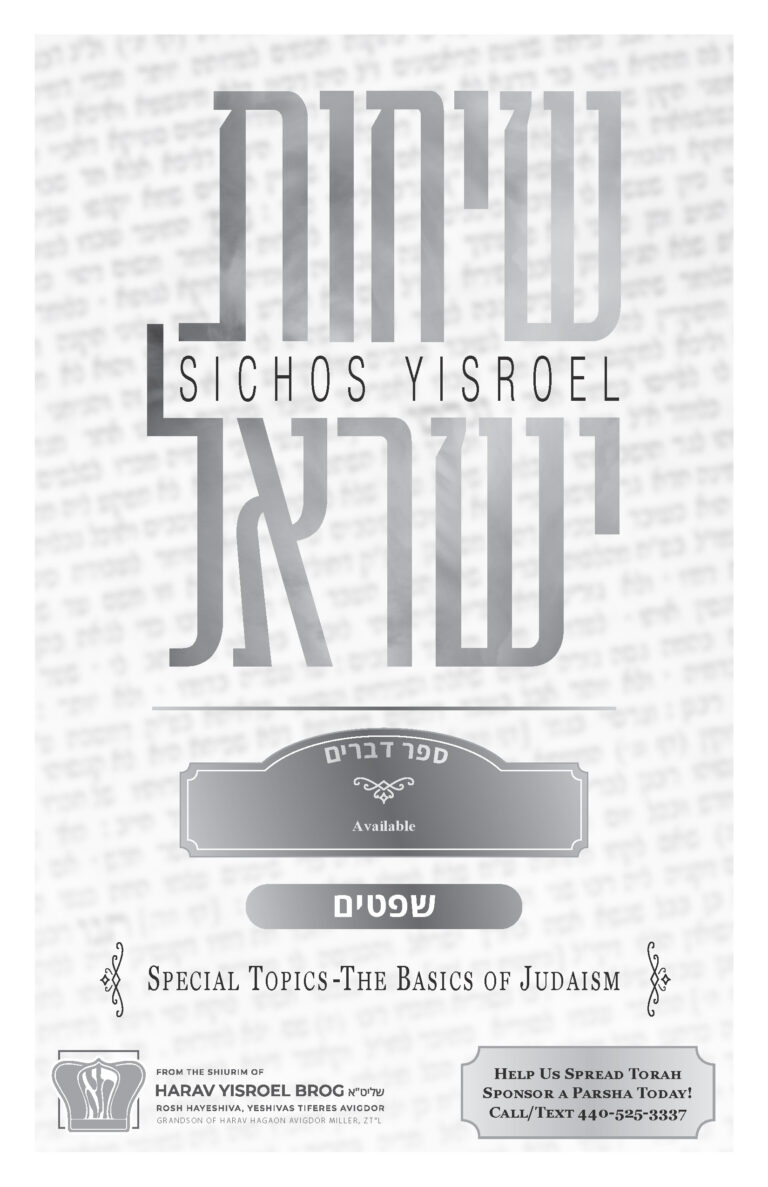
Now, this principle of Creation and Control is such an important principle because everything about life for every individual, Jew, and non-Jew, is built upon these two things. It refers to the fact that I’m created and the fact that somebody exerts control over the world and over my life.
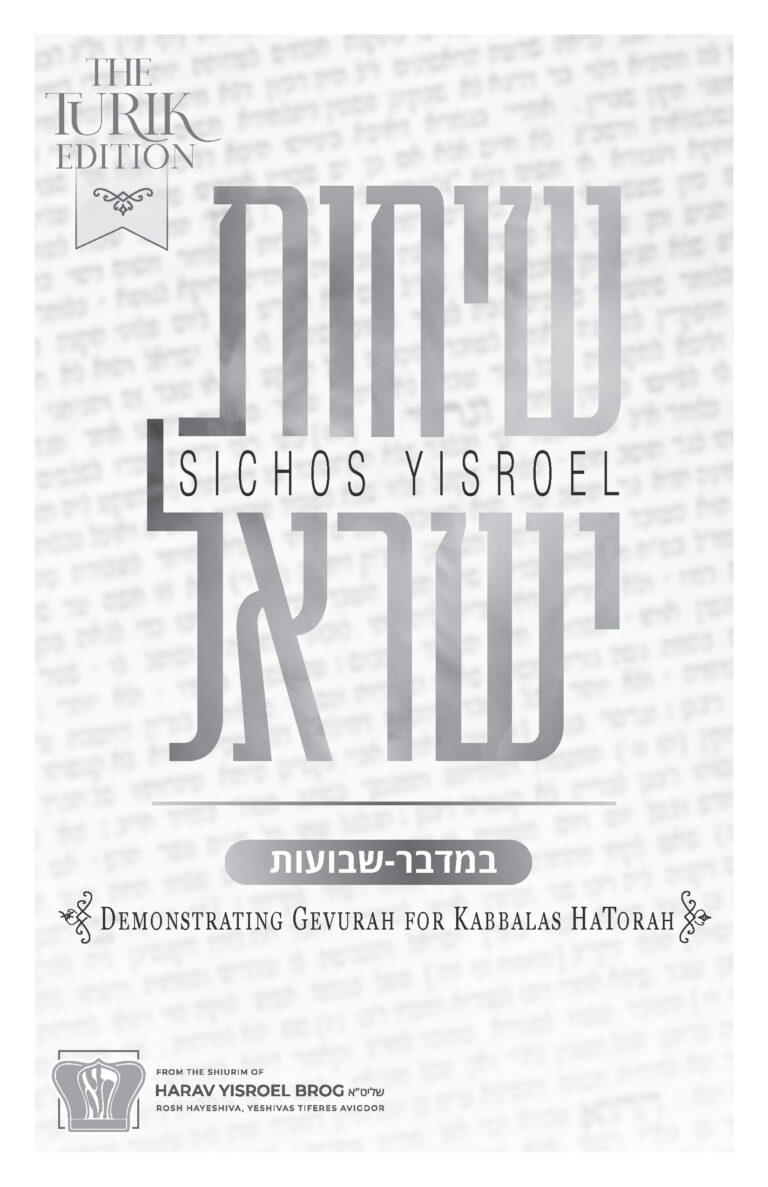
Consider sponsoring a shiurVisit YTATorah.org Shiur presented in 5780
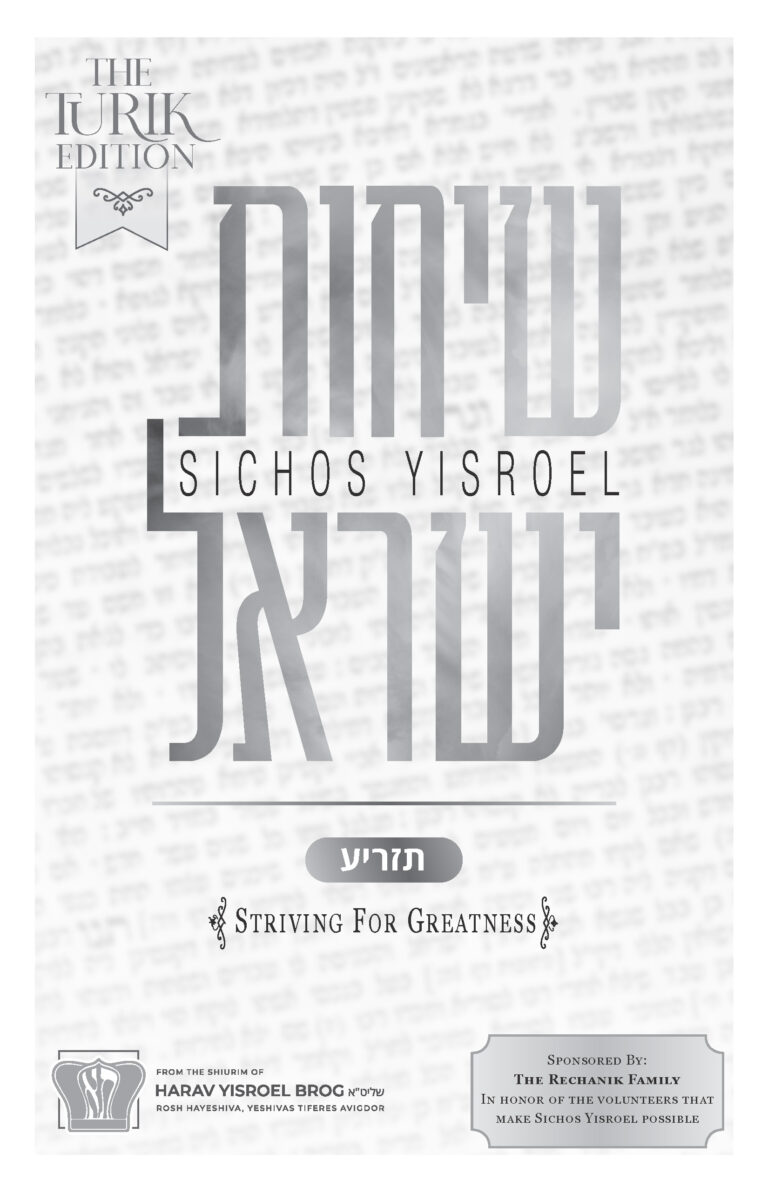
Sponsored By: The Rechanik Family In honor of the volunteers that make Sichos Yisroel possible Visit YTATorah.org Shiur presented in 5772
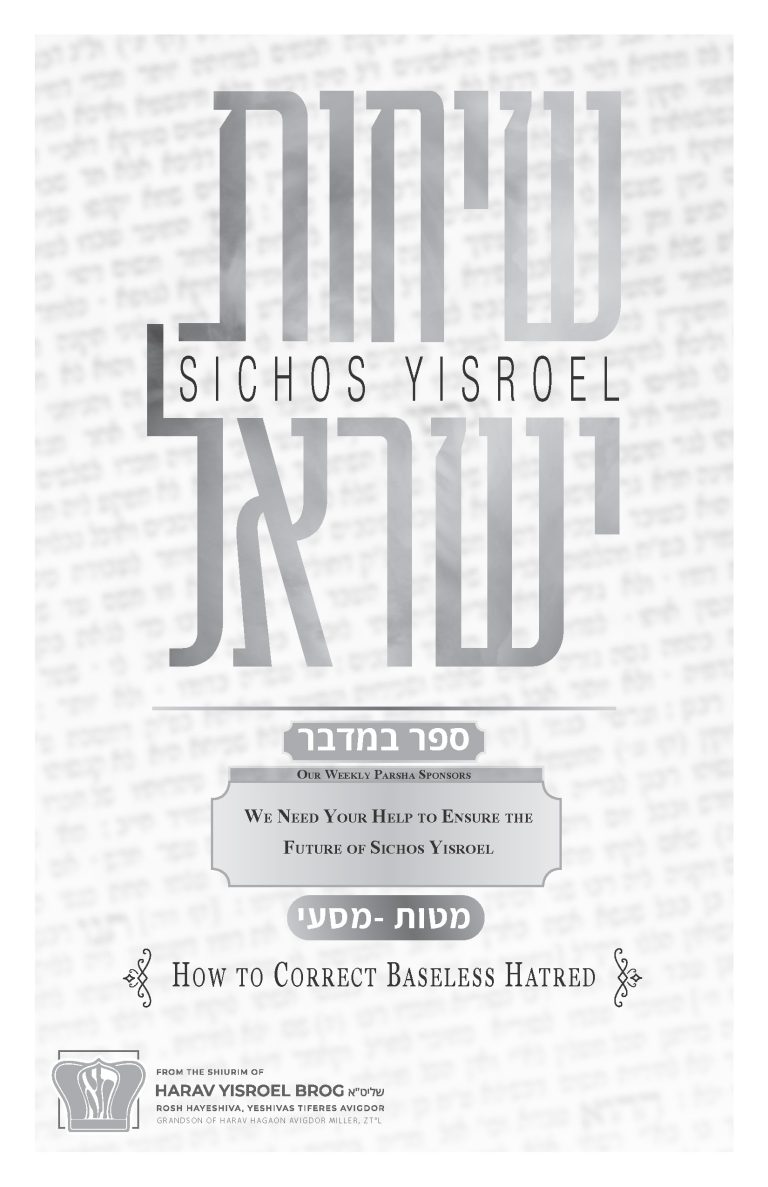
We are in the Three Weeks now, together with the whole world, and we are trying to think about this period. Today’s shiur is going to focus a bit on understanding the three weeks from a psychological standpoint. The Chafetz Chaim, in his sefer Ahavas Yisrael, discusses the reasons why people don’t like each other. Now, the first thing you have to understand is that human psychology is at work overtime whenever we have social interaction. When we encounter people, whether face to face or from a distance, or even through somebody else introducing me to that person, the human being always establishes a platform: do I like that person, or do I not like that person…
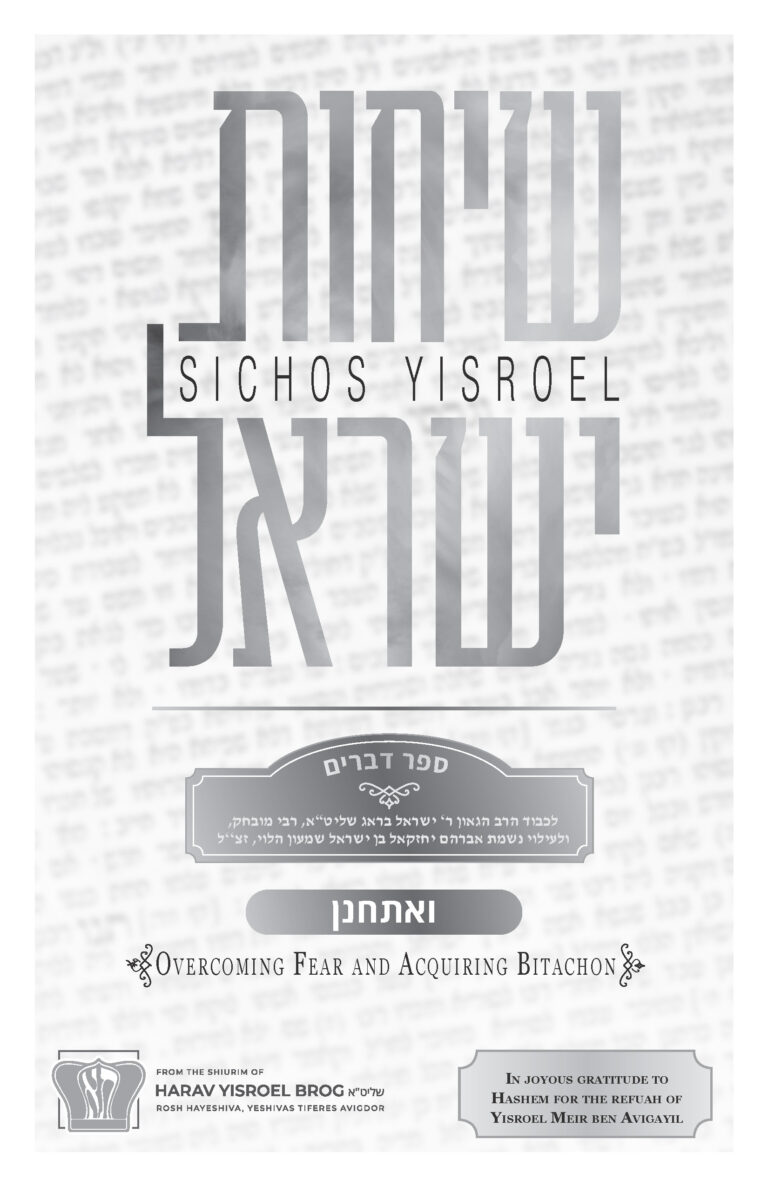
In the beginning of Parshas Vayeitzei, the Torah tells us about Yaakov Avinu. The Medrash Rabbah (68:2) comments on the first pasuk, ויצא יעקב מבאר שבע, as follows. The medrash says that Yaakov Avinu began saying some Tehillim. You know which Tehillim he said? The Tehillim that he said was שיר למעלות אשא עיני אל ההרים, I lift up my eyes to the harim (Tehillim 121:1).
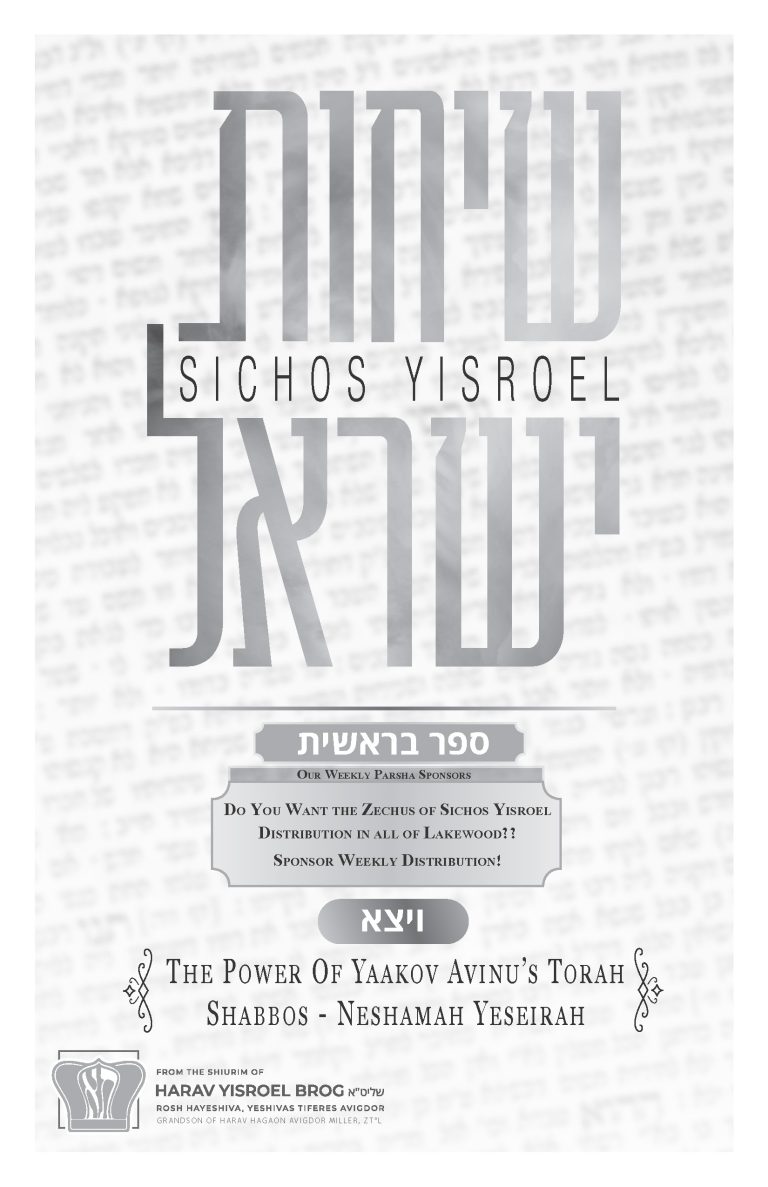
In this week’s parshah, the Torah tells us about Yaakov Avinu, who found himself in double jeopardy. Number one, he hadn’t yet gotten married. He was no youngster anymore. He was in his sixties. So he was an older gentleman already and he was not married. His father had gotten married at the age of 40. So Yaakov Avinu was way over the top. That was one situation he was facing. The second challenge that he was facing was that…